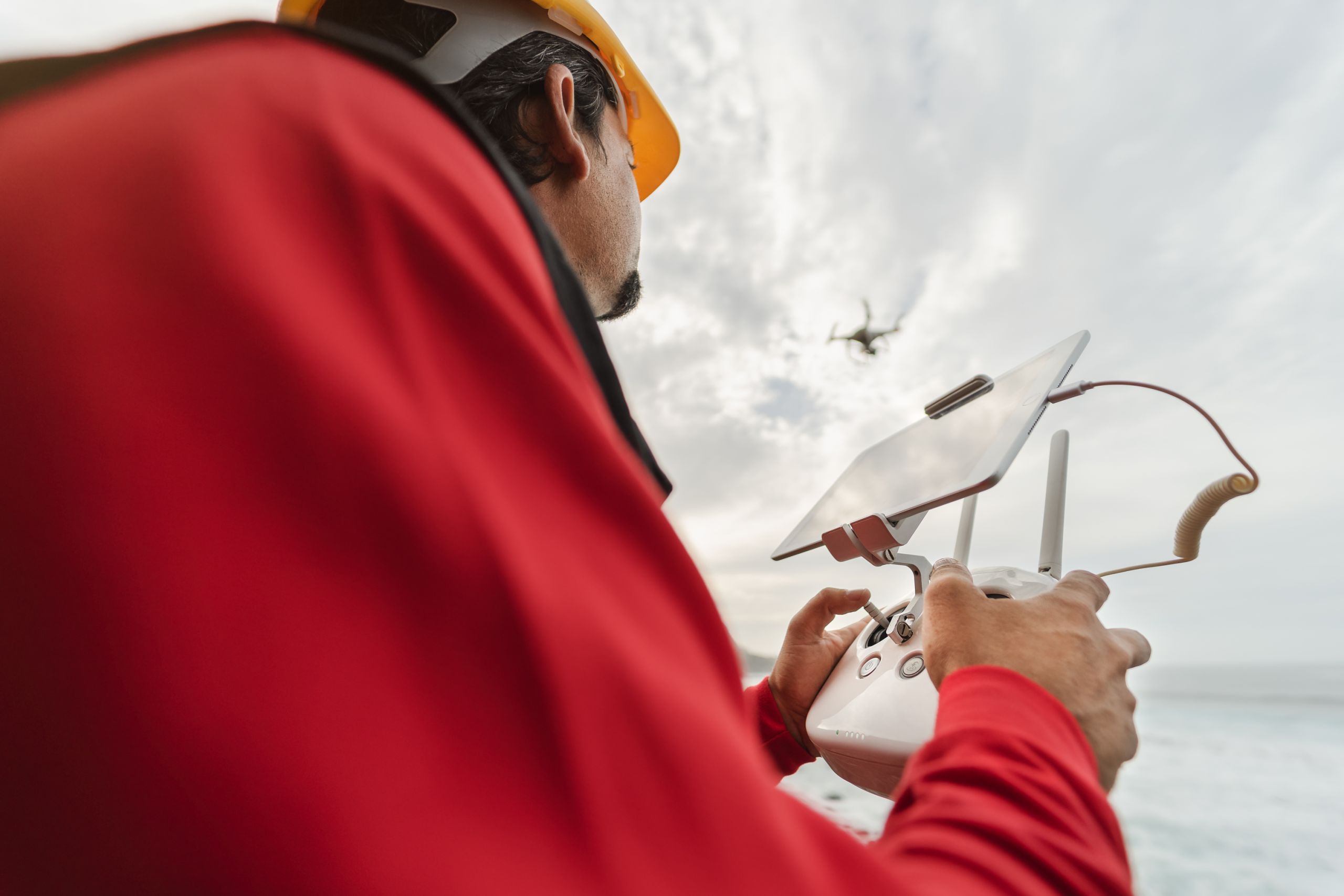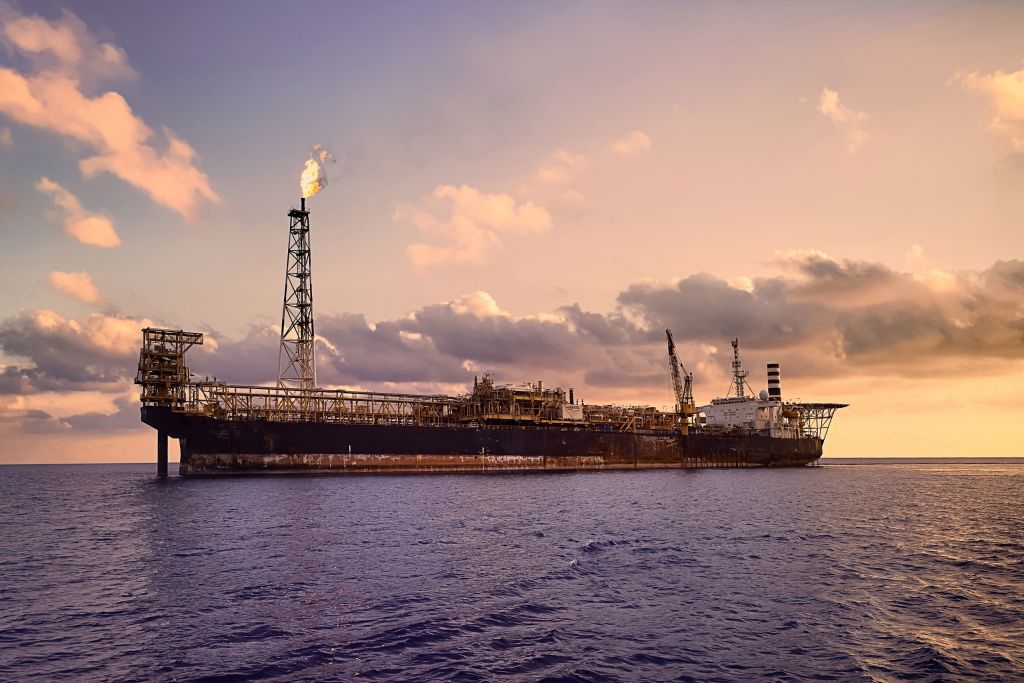Intro
Oil and Gas operations pose unique challenges to their operations when the matter is inspection and maintenance. Since this kind of activity involves a variety of risks and complexities, it is not uncommon to find field workers filling out paper reports, and walking around the facility looking for potential problems.
This is a traditional-manual method, on which oil and gas companies relied throughout the years when performing risk assessments with the goal of preventing potential hazards that could compromise the continuity of the operation.
Meanwhile, digital transformation has been disrupting the way things are done with increasingly advanced technology, and this also includes the inspection and maintenance framework of oil and gas – especially upstream – operations.
In this blog, we will describe how digital inspection strategies are addressing the most common operational problems, and what are the obstacles when implementing a digital strategy looking forward to optimal asset lifespan.
How is inspection normally performed?
Traditionally, as it was mentioned earlier, inspection is performed by field operators visually identifying potential issues. This approach can be very risky to the people on site, and also be very timing consuming depending on access restrictions.

Additionally, manual inspections are often associated with inaccuracies due to the complexity of inspecting large installations such as oil and gas plants. The sheer size and dynamic nature of these facilities make it challenging to have a full understanding of the situation and prioritize tasks without the support of digital tools.
Therefore, outlining maintenance plans can become a very long process that will not effectively be accurate.
What are the differences between manual vs. digital inspections?
The difference between both inspection approaches is visible in the nature of each. While traditional inspections strongly rely on people on site, digital inspections on other hand are more prominent in taking people out of hazardous areas by digitalizing and automating manual procedures.
Beyond being more safe, digital inspections can deliver a faster and more accurate operational panorama which can be used to outline more efficient maintenance interventions at optimal times.
The support of digital is also a good way in keeping track of integrity data as well as the registration of evaluations so that when following interventions may be required a trusty record is registered.
Also, with advances in the field of artificial intelligence, many inspections can now be automated through the application of machine vision. While in the past operators needed to look out for problems, now a trained algorithm can do the job of identifying corrosion with more precision and agility.
What are the obstacles to digital inspections?
Even though the benefits of executing digital inspections instead of manual are clear, industries still tend to don’t embrace this kind of technology at first moment.
A possible cause for this is the complexity of the operation itself. Integrity Managers are not willing to change things and tend to keep the operation running as it is. Even though technology presents many advantages, implementing new software may be a lengthy and stressful process until the benefits come.

Also, Oil and Gas operations need a professional and skilled workforce. Implementing new systems can become a bottleneck for these teams since it requires time for adaptation.
These are some of the reasons industries tend to not jump deep into digital inspections. Fortunately, as digital transformation becomes a reality, the digital maturity of Oil and Gas operations increases and new digital applications can become a more welcoming tool for inspection teams.
Conclusion
The shift towards digital inspections in Oil and Gas operations brings many benefits to managers and field workers. Digital inspections provide improved accuracy, enhanced safety, and reduced inspection time compared to manual inspections. Furthermore, the use of digital technologies offers a more cost-effective approach, with the ability to store and access inspection data easily.
However, the transition to digital inspections may not be straightforward, and companies may need to invest in new technologies, training, and process changes. Nevertheless, the benefits of digital inspections make it a valuable investment for companies looking to improve their operations and stay ahead in the industry.



